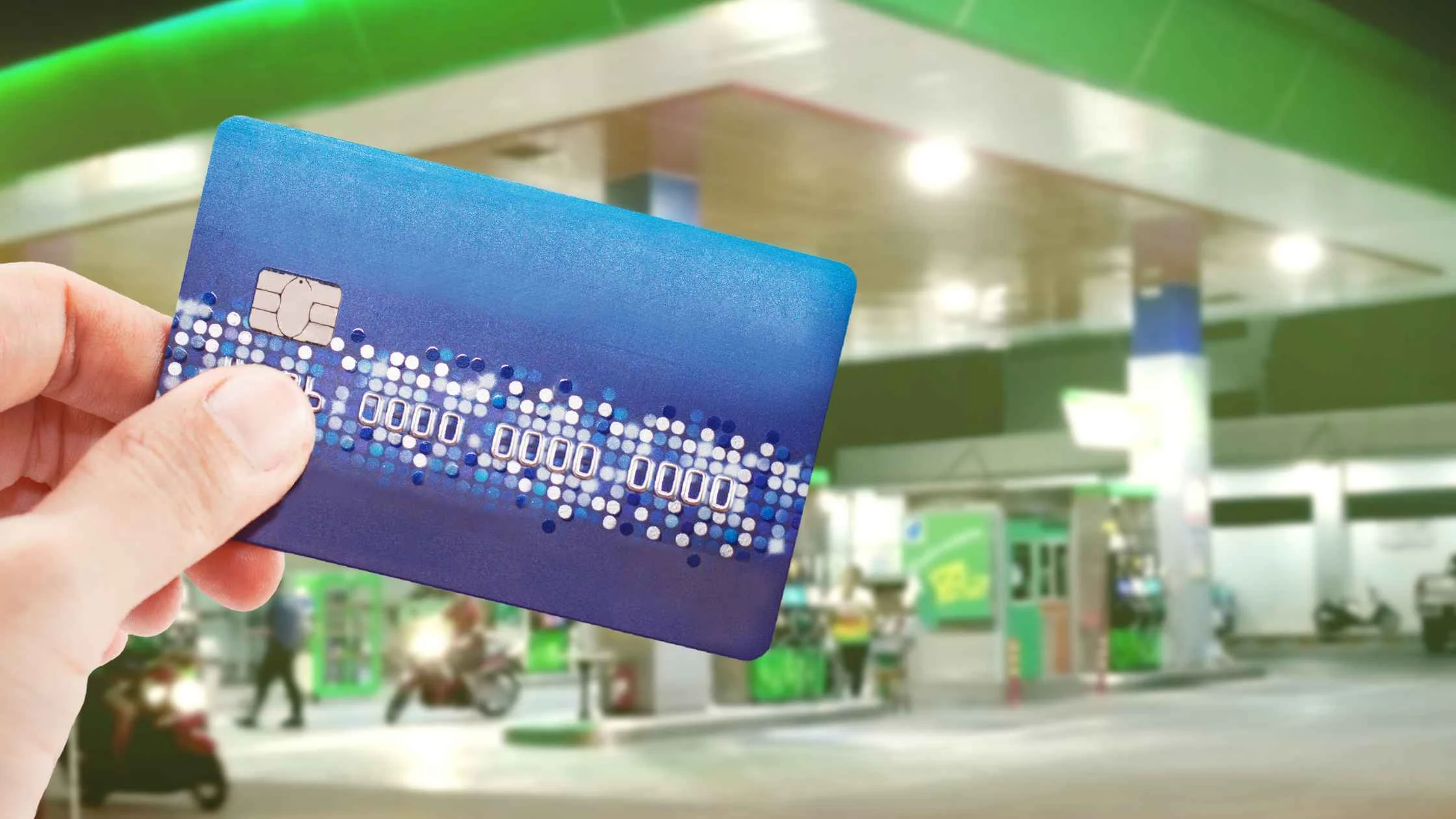 hbspt.cta._relativeUrls=true;hbspt.cta.load(1738947, '27c773c7-567e-44ba-b216-2b035f8a0a44', {"useNewLoader":"true","region":"na1"});
hbspt.cta._relativeUrls=true;hbspt.cta.load(1738947, '27c773c7-567e-44ba-b216-2b035f8a0a44', {"useNewLoader":"true","region":"na1"}); 
In today’s competitive business environment, managing fuel costs is more important than ever. For fleet managers, optimizing fuel consumption isn’t just about saving money—it’s about improving efficiency, reducing waste, and ensuring long-term sustainability. That’s where fuel card management comes in. It offers a powerful way to control expenses, track usage, and make smarter decisions for your entire fleet. This guide will walk you through the essentials of fuel card management, from understanding how it works to implementing best practices that can save your business time and money.
What is Fleet Fuel Card Management?
Fleet fuel card management refers to the process of using specialized payment cards to manage and control fuel purchases for company vehicles. These cards are different from regular credit cards because they come with built-in controls, reporting features, and security measures tailored to the needs of businesses. With fuel cards, you can set spending limits, monitor transactions in real-time, and generate detailed reports that help you keep track of every gallon used.
Many companies rely on fuel card systems to manage their fleets efficiently. Whether you're running a small delivery service or a large transportation company, fuel card management can help you maintain better control over your fuel expenses and improve overall operations.
Why Your Fleet Needs a Fuel Management System
A well-implemented fuel management system can transform how your fleet operates. It helps you track fuel use, control costs, prevent fraud, and ensure compliance with company policies. Here are some key reasons why your fleet should consider adopting a fuel card management system:
Track Fuel Consumption
One of the most valuable features of a fuel card system is its ability to track fuel consumption accurately. This allows you to analyze trends, identify inefficiencies, and make data-driven decisions. For example, if one vehicle uses significantly more fuel than others, it might be a sign of poor maintenance or inefficient driving habits. By monitoring this data, you can take corrective actions before costs spiral out of control.
Set Purchase Limits
With fuel card management, you can set purchase limits based on driver roles, vehicle types, or specific locations. This ensures that fuel is only used for necessary purposes and helps prevent overspending. Customizable limits also reduce the risk of misuse and make budgeting much easier for fleet managers.
Reduce Fuel Costs
Using fuel cards often gives you access to volume discounts and special pricing from fuel providers. Additionally, these systems can highlight wasteful behaviors, such as excessive idling or unnecessary trips, helping you cut down on fuel waste. Over time, these savings can add up significantly.
Prevent Fraud
Fuel card systems offer advanced security features like PINs, transaction alerts, and real-time monitoring. These tools help detect and prevent unauthorized use, ensuring that your company’s fuel budget stays safe. Many vendors even provide fraud protection, giving you peace of mind when it comes to financial security.
5 Tips for Effective Fuel Card Management
Managing fuel cards effectively can lead to major cost savings and improved fleet performance. Here are five essential tips to help you get the most out of your fuel card program:
1. Assign Cards to Drivers, Not Vehicles
Issuing fuel cards directly to drivers promotes accountability and transparency. When a driver has their own card, it's easier to track who is using the fuel and how much they’re spending. This approach also makes it harder for someone to misrepresent fuel usage, which can lead to more responsible behavior and better data accuracy.
2. Set Up Card Controls
Implementing strict controls on your fuel cards—such as spending limits, location restrictions, and time-based limits—can prevent misuse and overspending. These controls ensure that fuel is only used for approved purposes and help keep your budget under control.
3. Train Drivers on Mobile Apps
Modern fuel card systems often come with mobile apps that allow drivers to check fuel prices, locate stations, and track their purchases. Training your drivers on these tools not only improves their experience but also empowers them to make smarter fuel choices on the go.
4. Monitor Your Fleet Regularly
Regularly reviewing fuel usage reports and transaction data can help you spot trends, identify issues early, and make adjustments where needed. Consistent monitoring ensures that your fuel program remains efficient and aligned with your business goals.
5. Invest in a Comprehensive Fuel Management Solution
Choosing the right fuel card provider is crucial. Look for a solution that offers real-time reporting, strong security, and customizable options. A good system can streamline your operations, reduce administrative work, and deliver measurable cost savings.
Top Fuel Payment Solutions from P-Fleet
P-Fleet offers a range of reliable and flexible fuel card options designed to meet the needs of modern fleets. Their CFN cards provide discounted fuel rates, while Voyager cards are accepted at over 320,000 locations nationwide. Signing up is quick and easy—no contract required. Whether you're looking to reduce costs, improve efficiency, or enhance security, P-Fleet has the tools you need to succeed.
Discover the best fuel cards for your fleet →
Lab Usage Extruder,Small Twin Screw Extruder,Micro Twin Screw Extruder,Buhler Twin Screw Extruder
Jiangsu Kunwei Langsheng Equipment Technology Co., Ltd , https://www.kunweilanxess.com